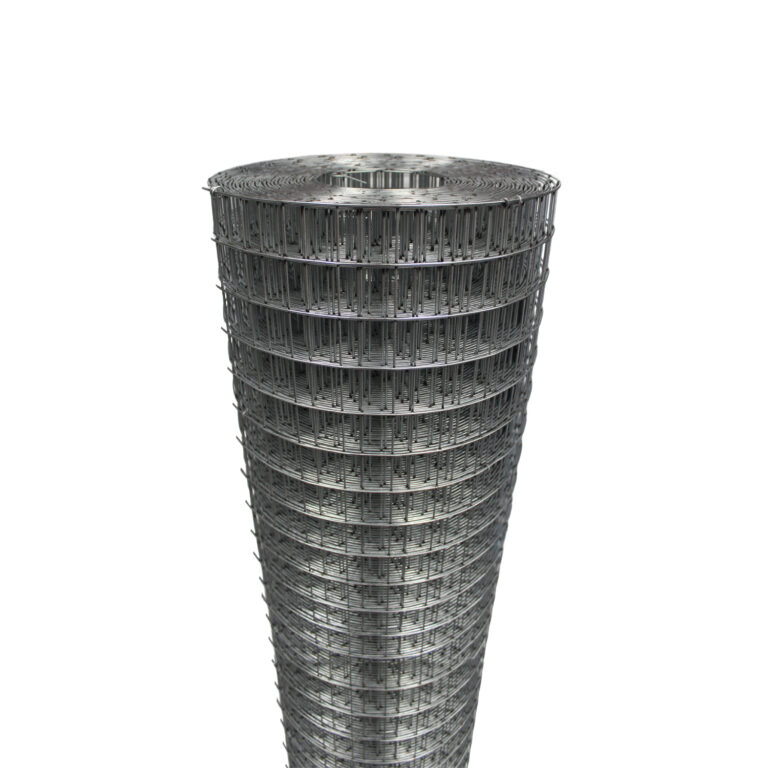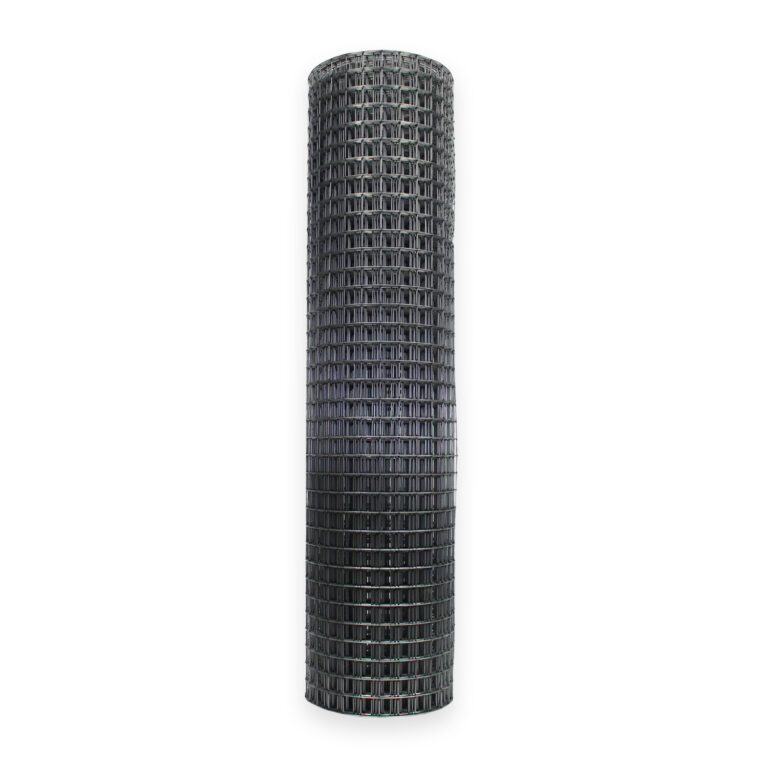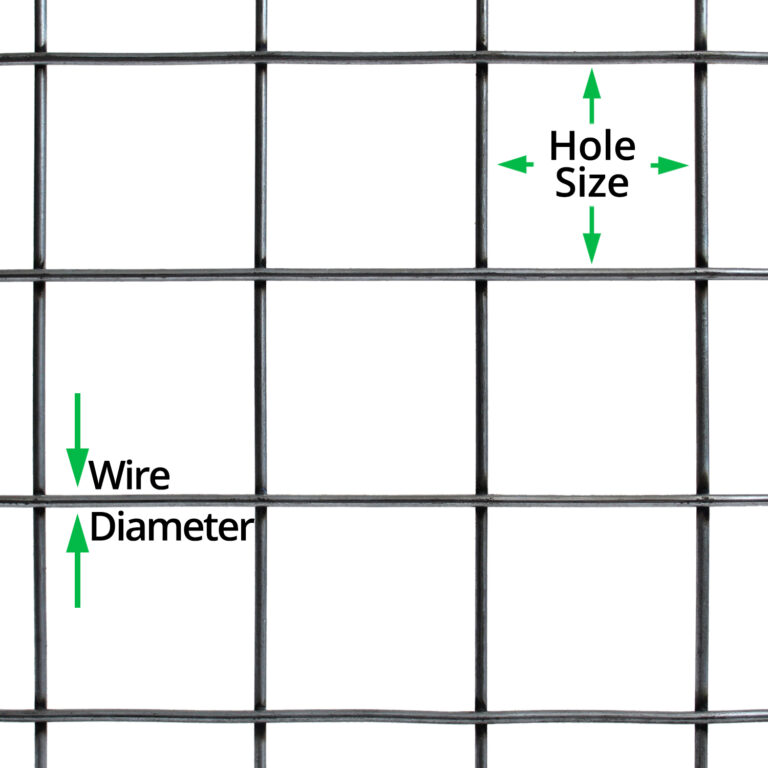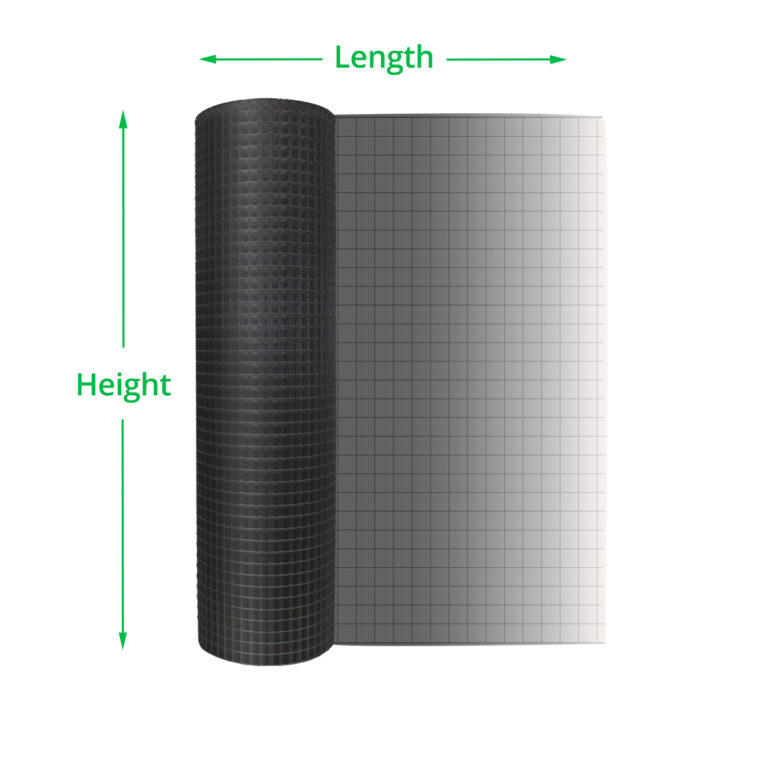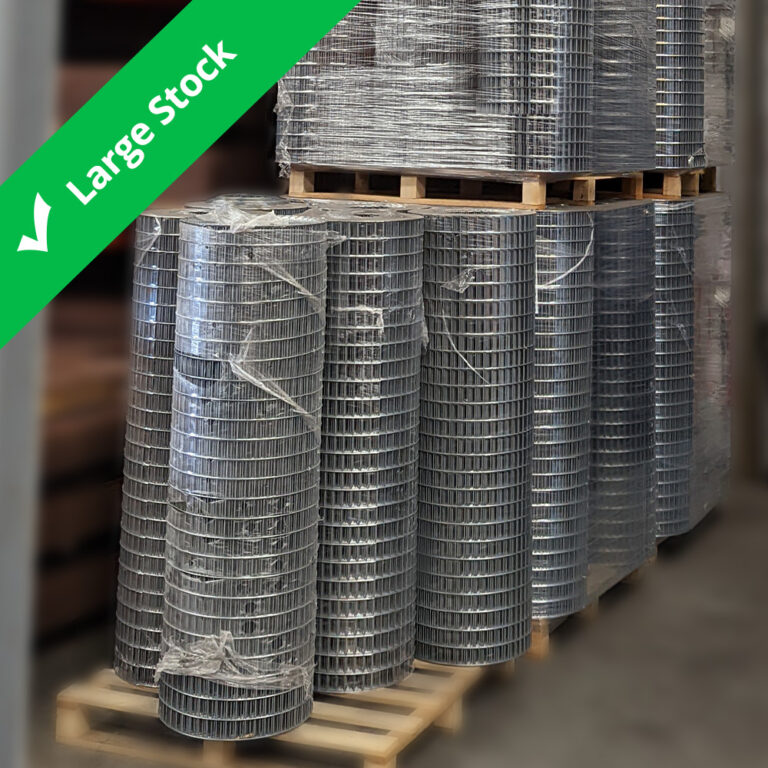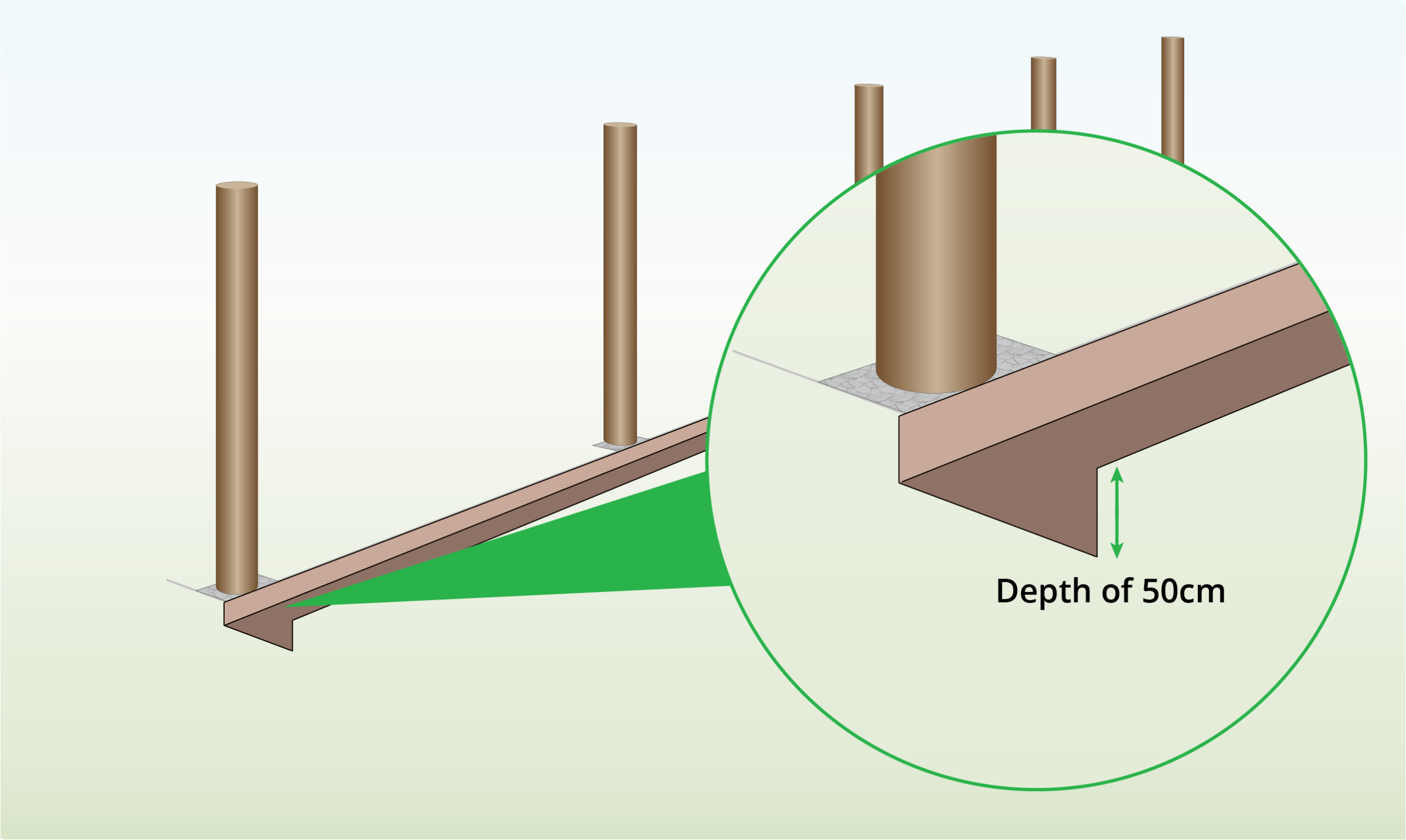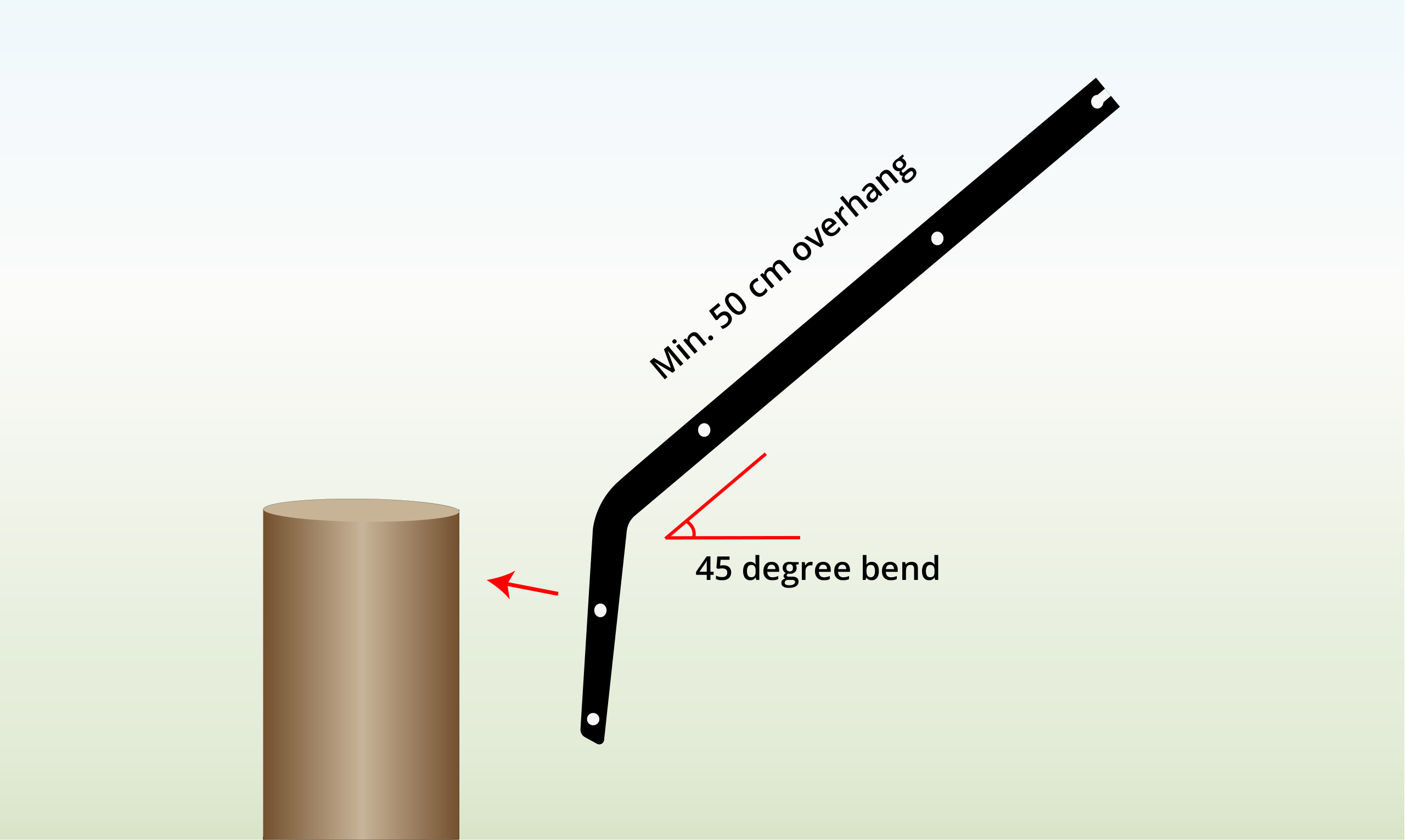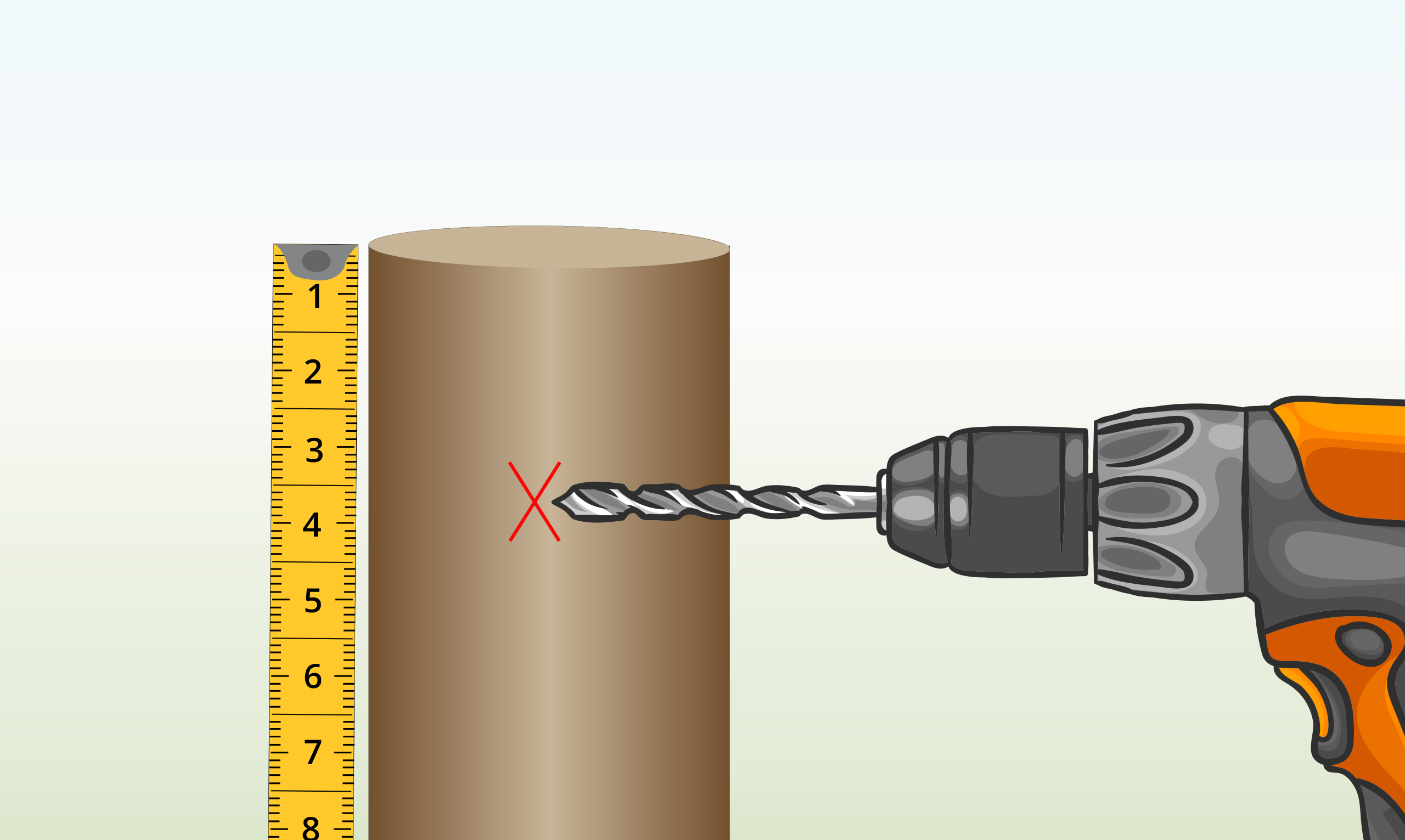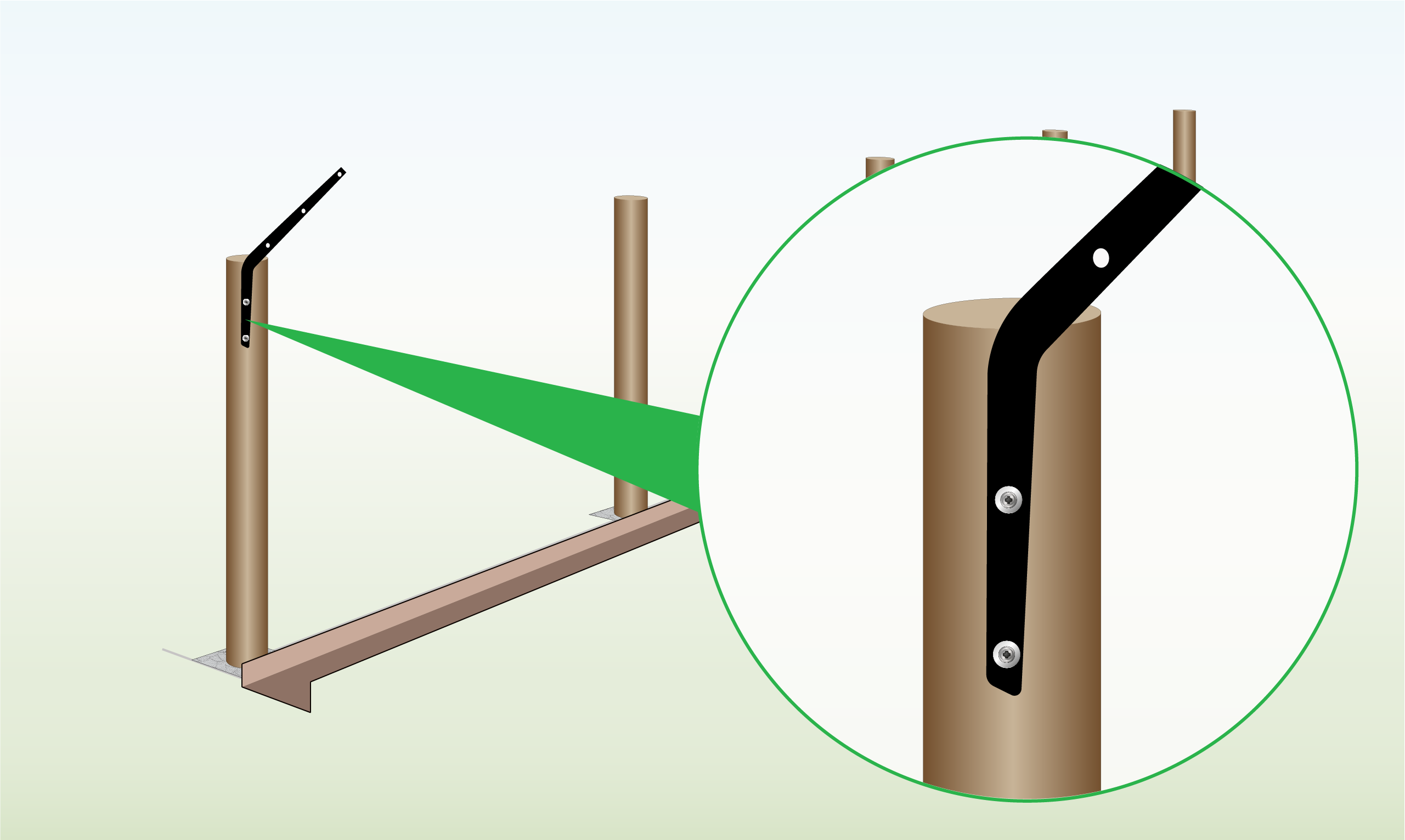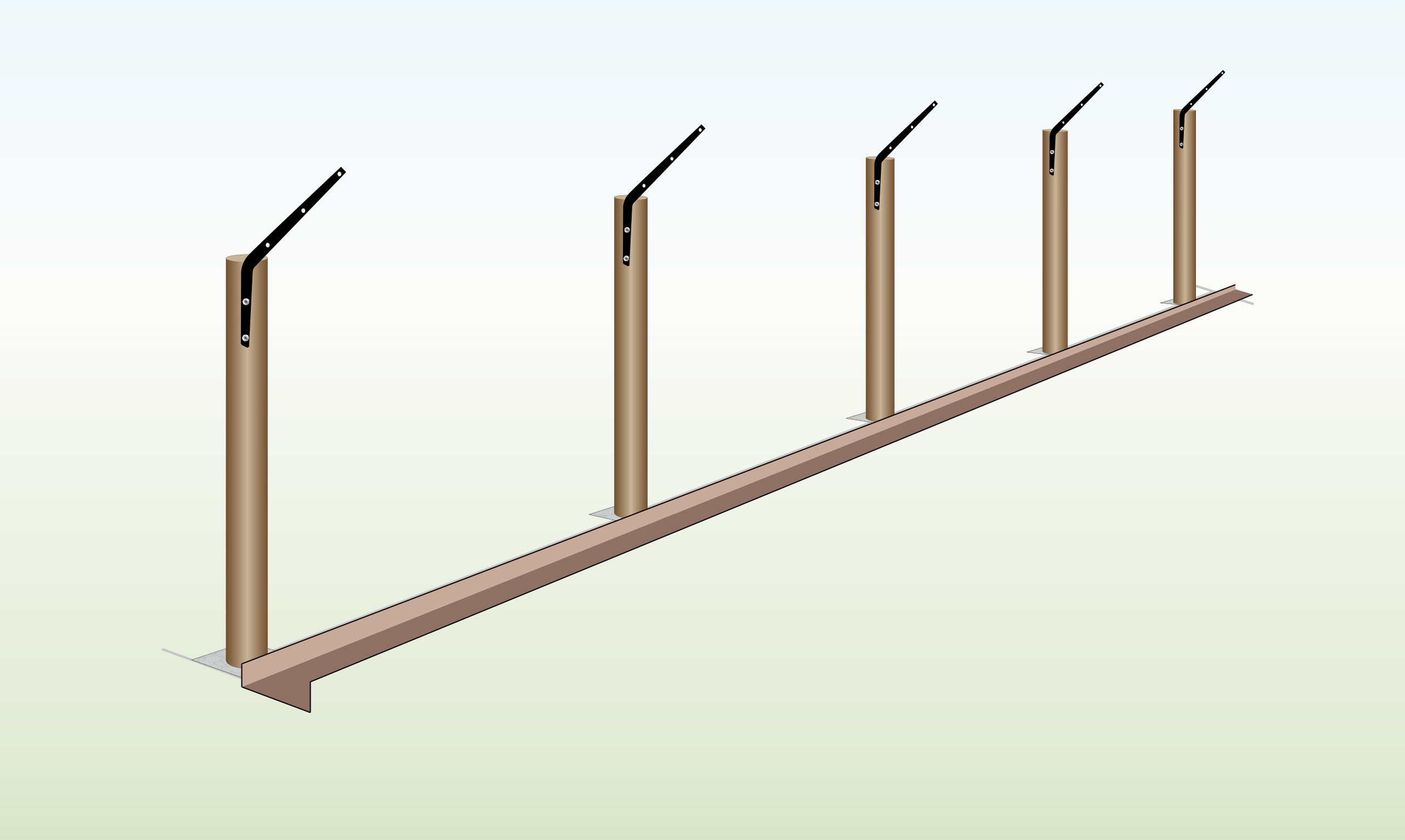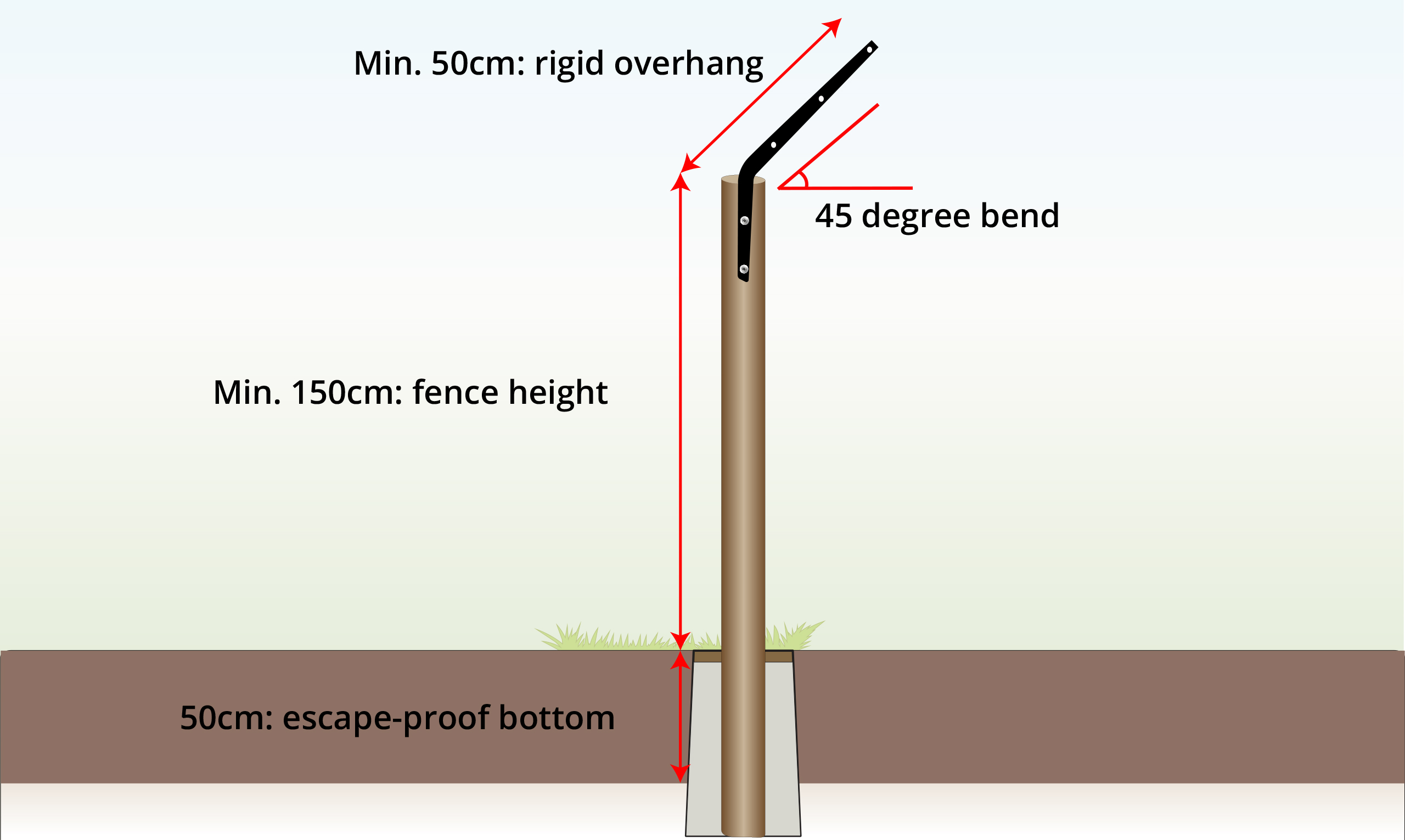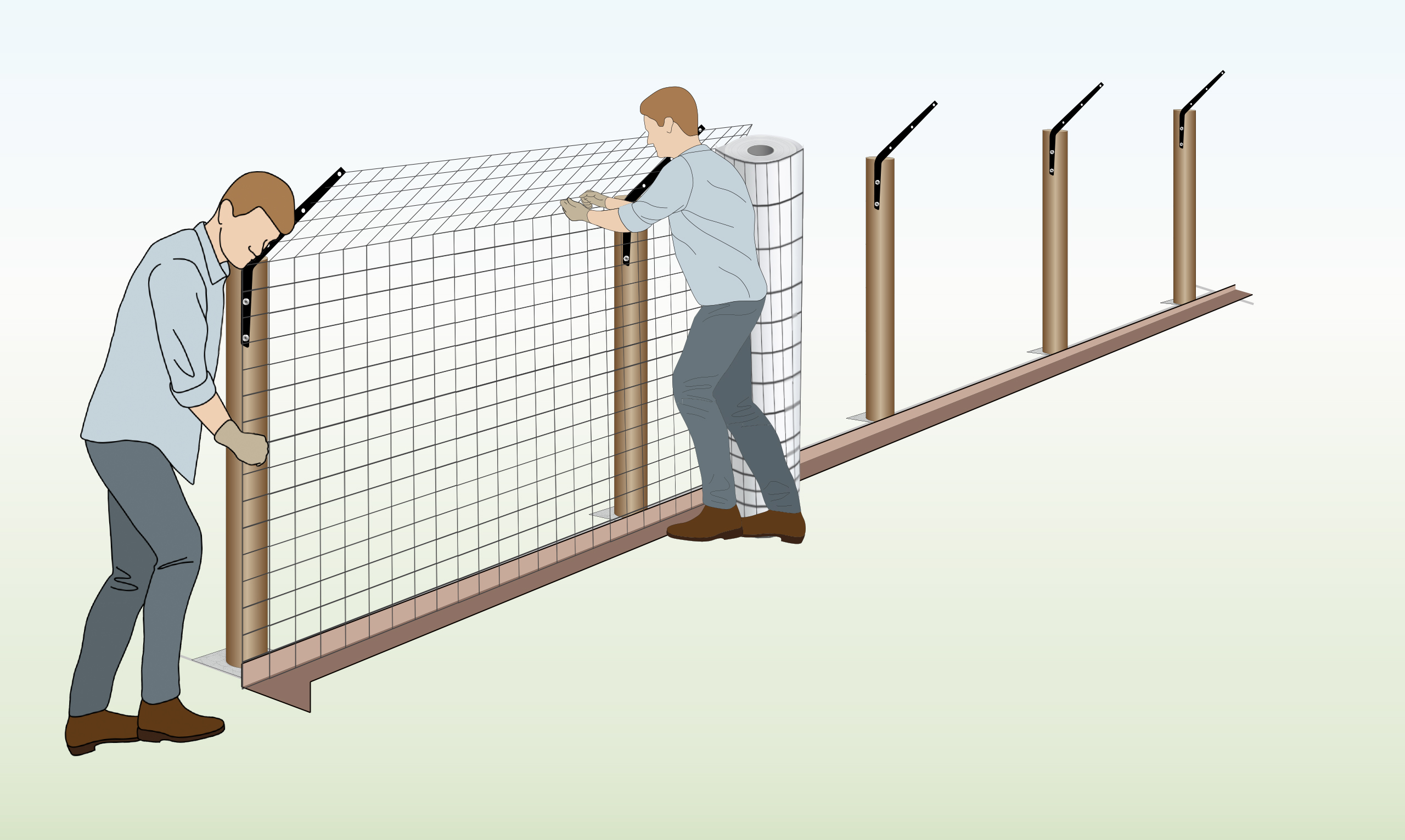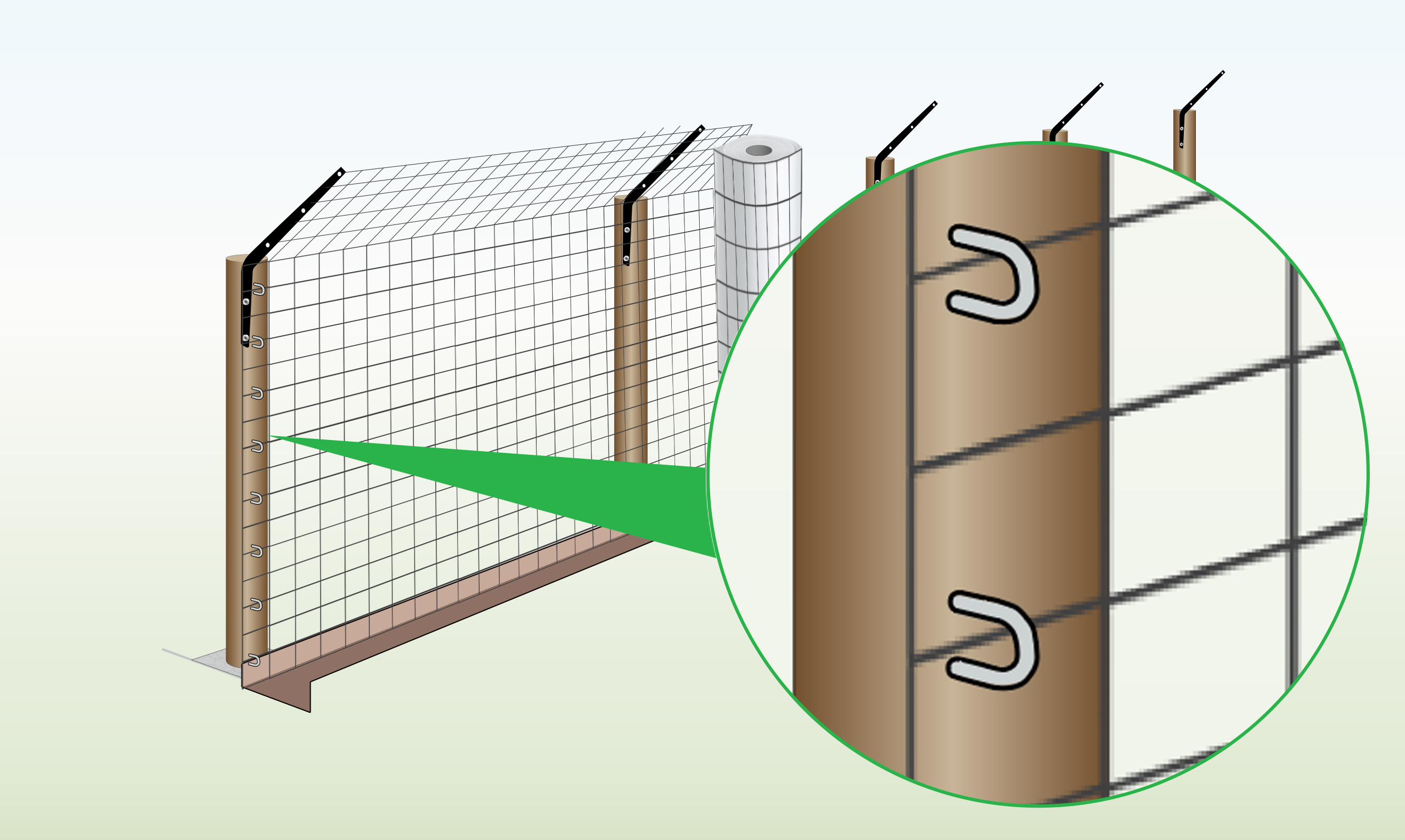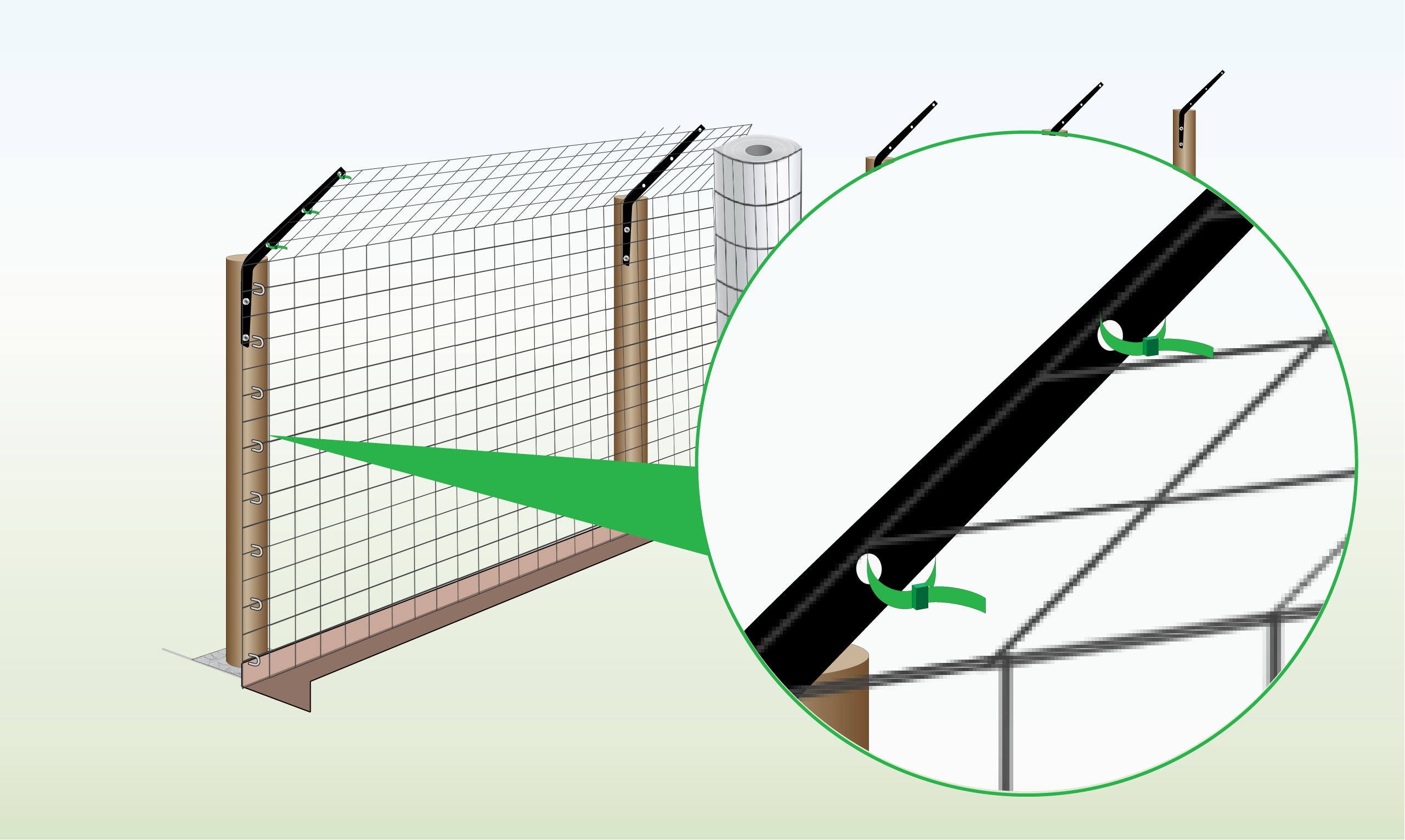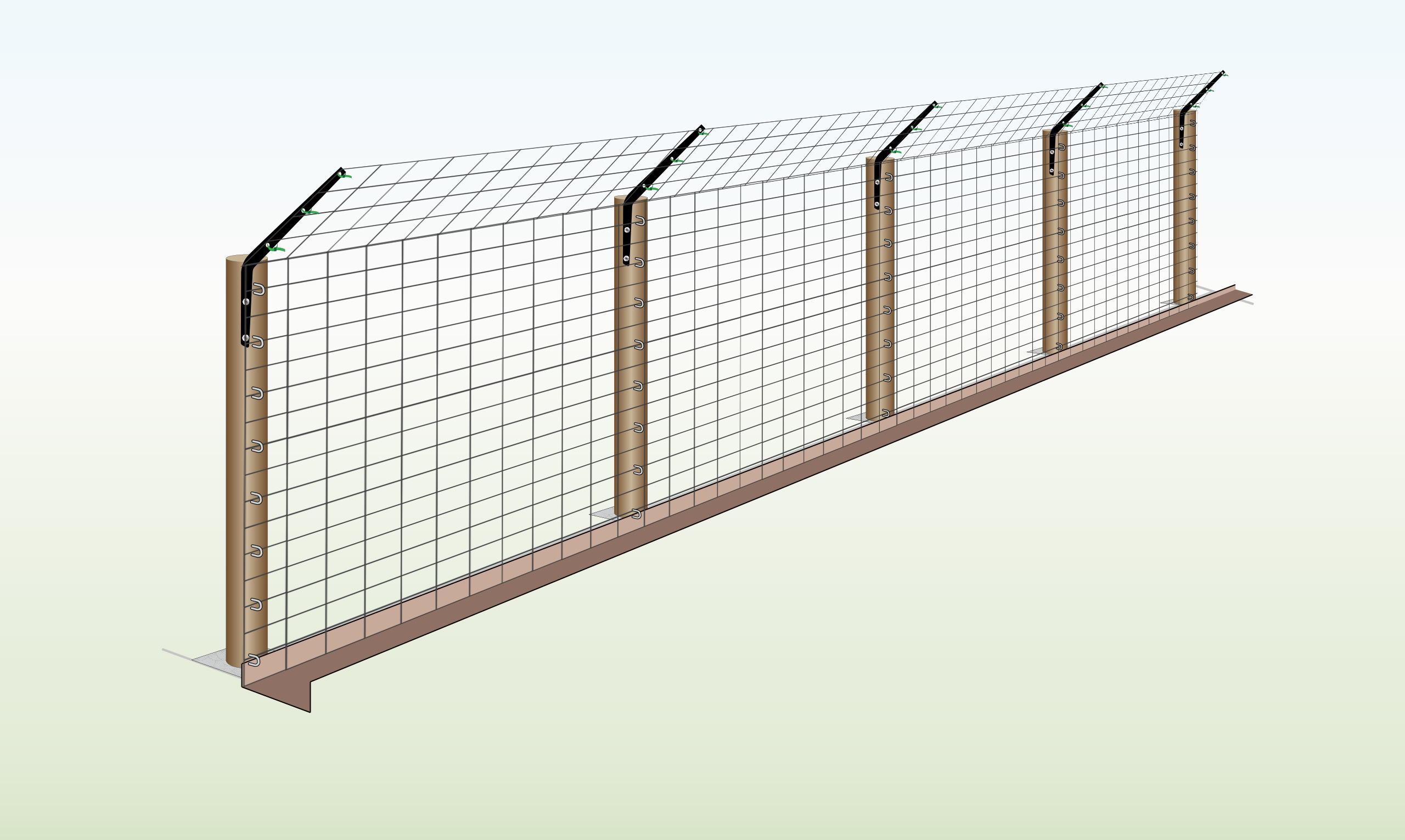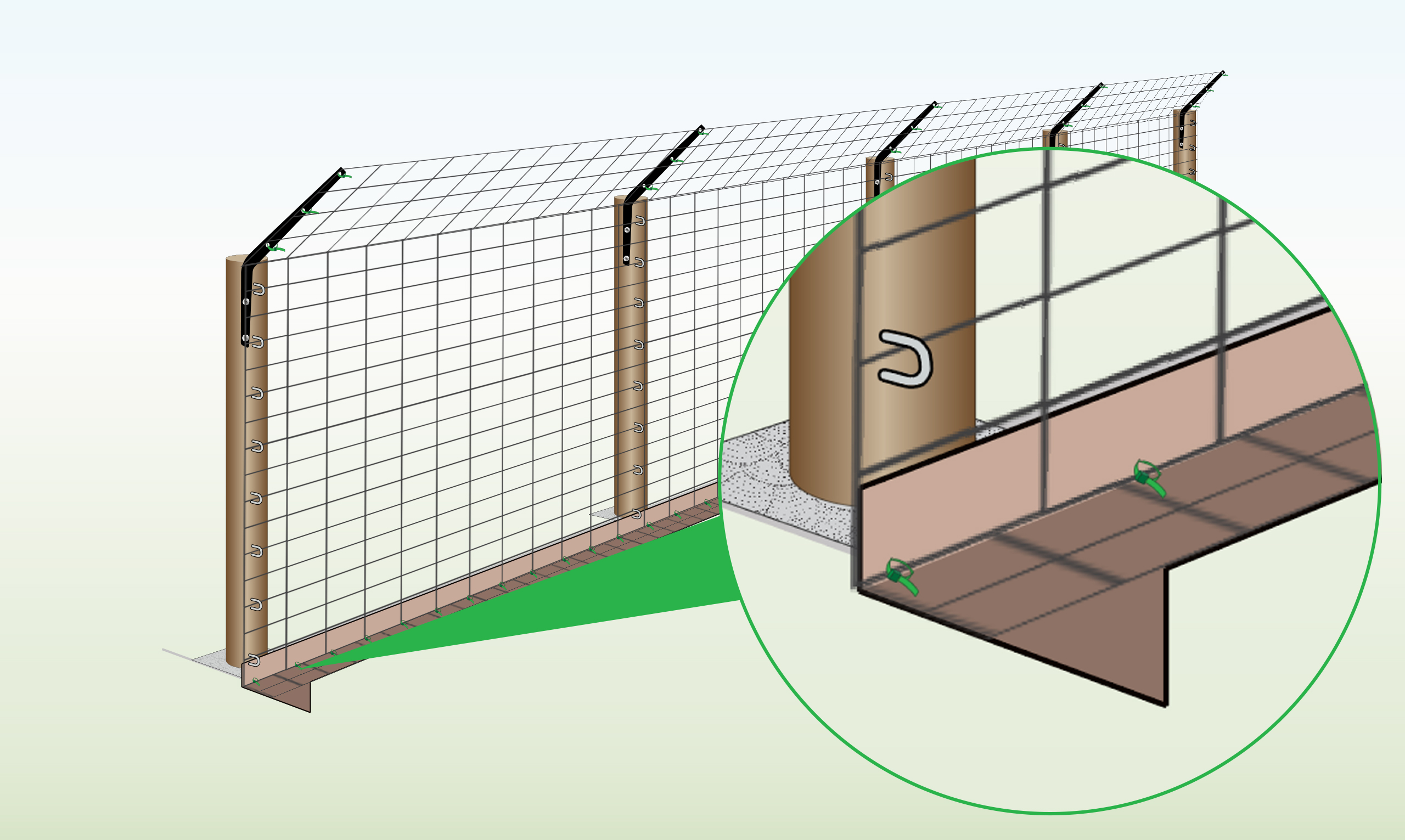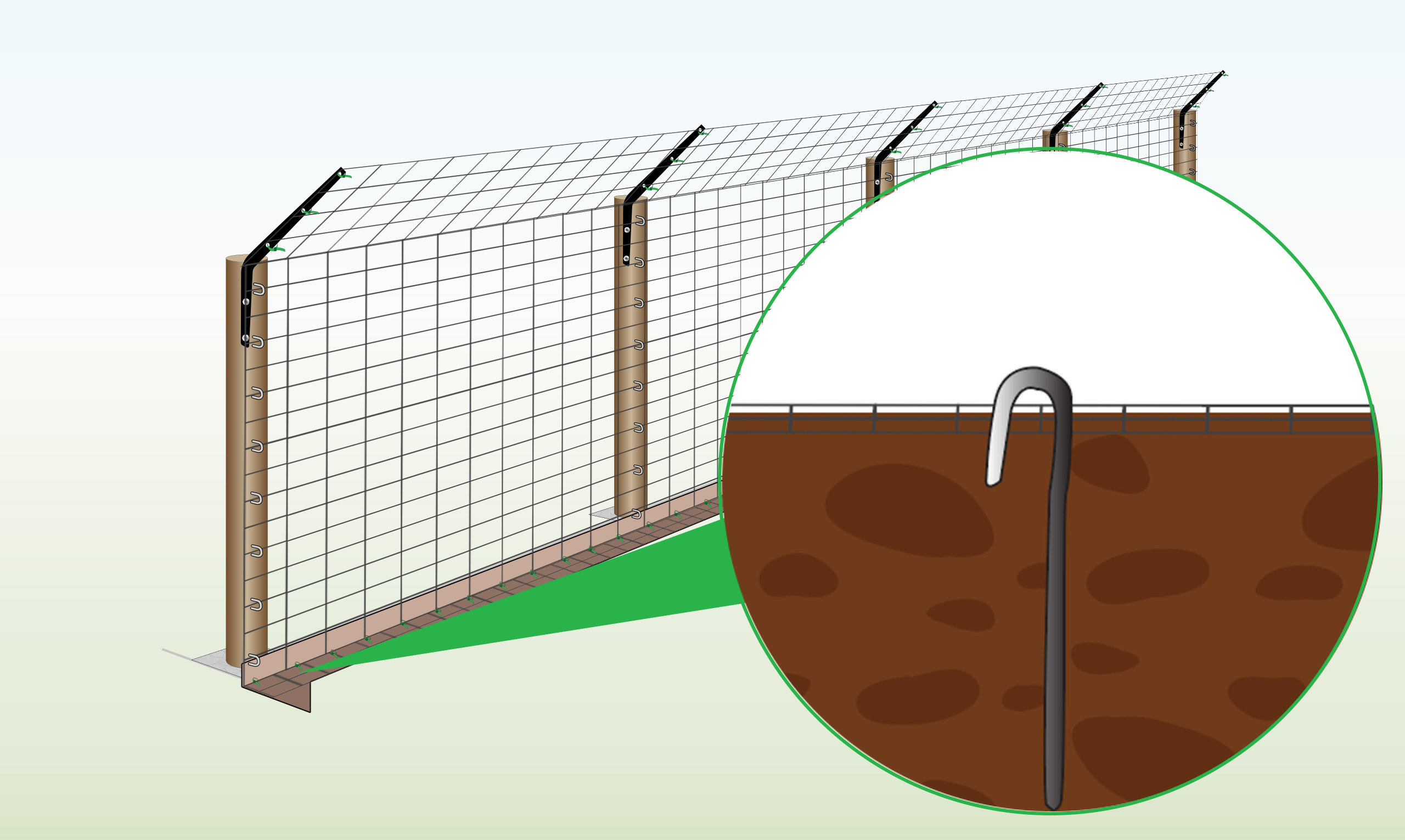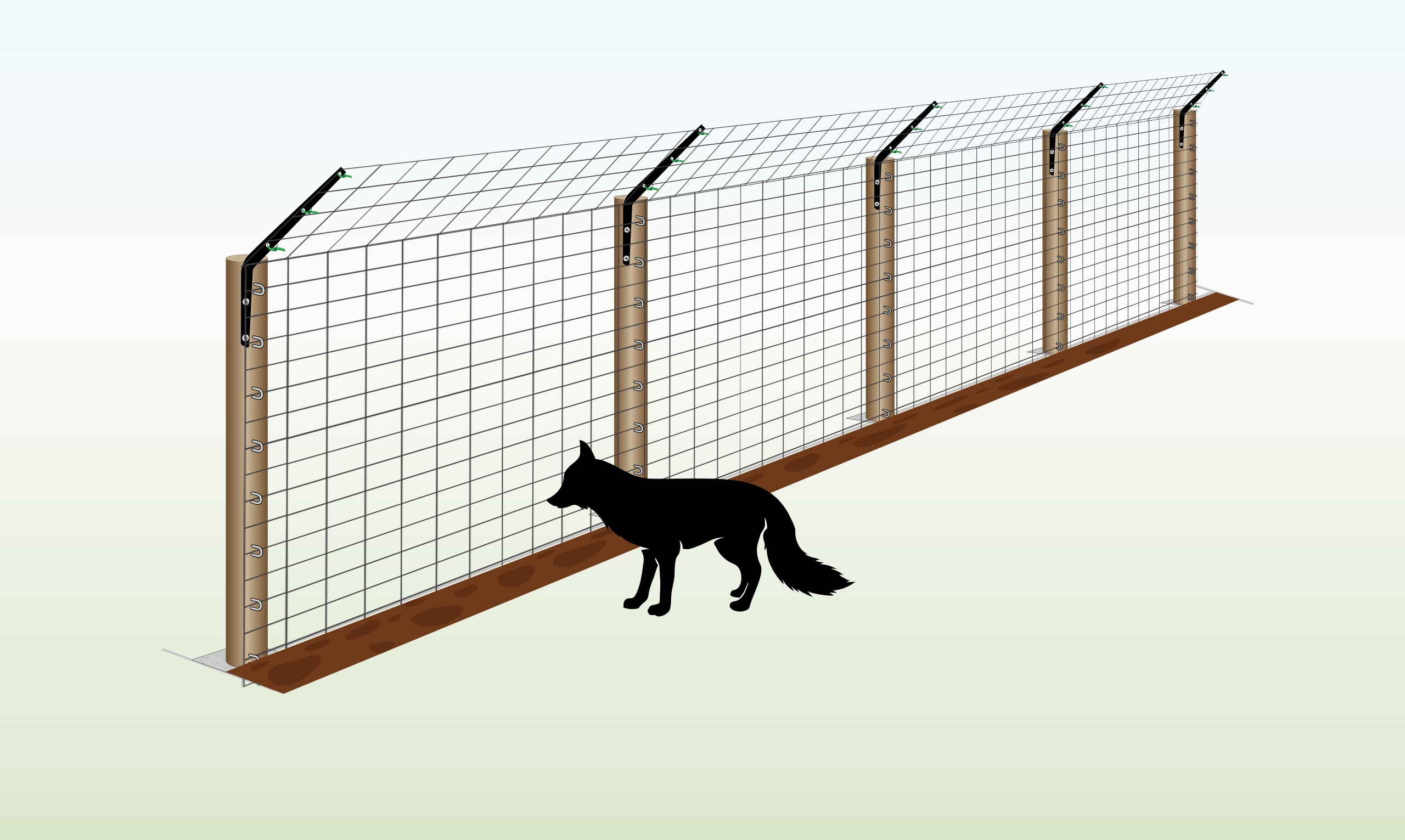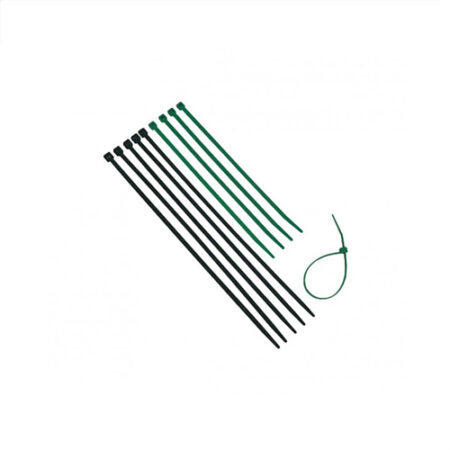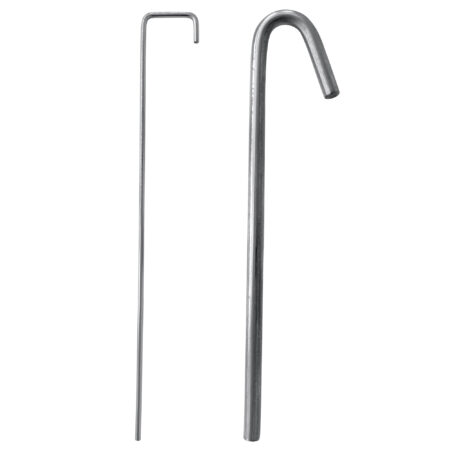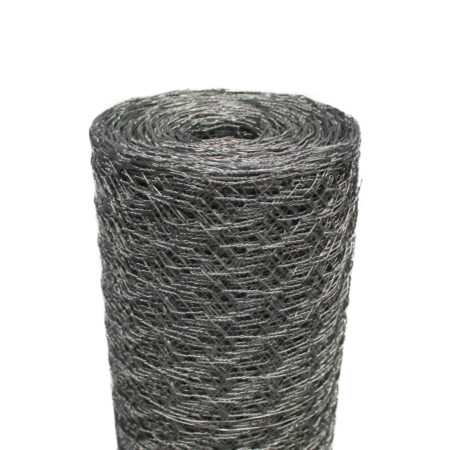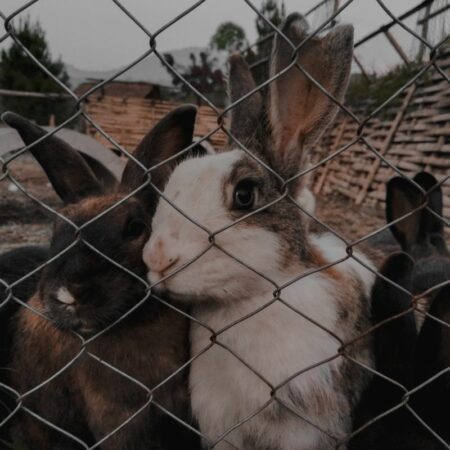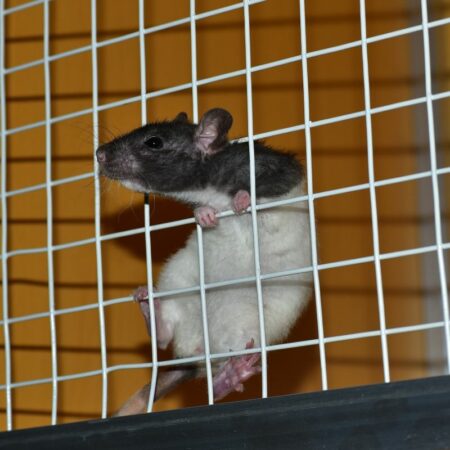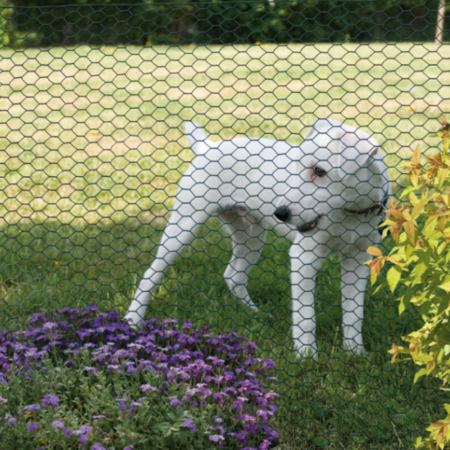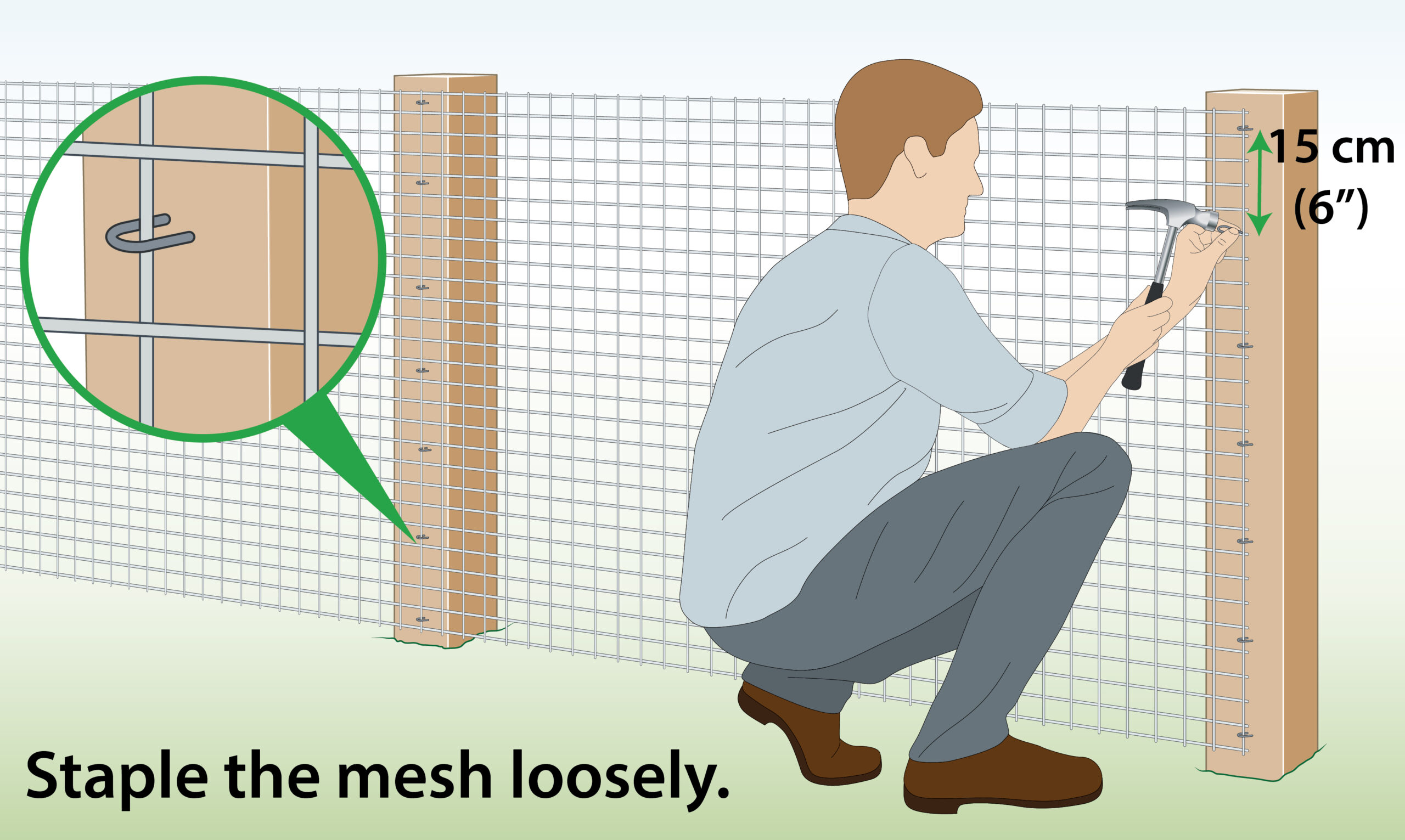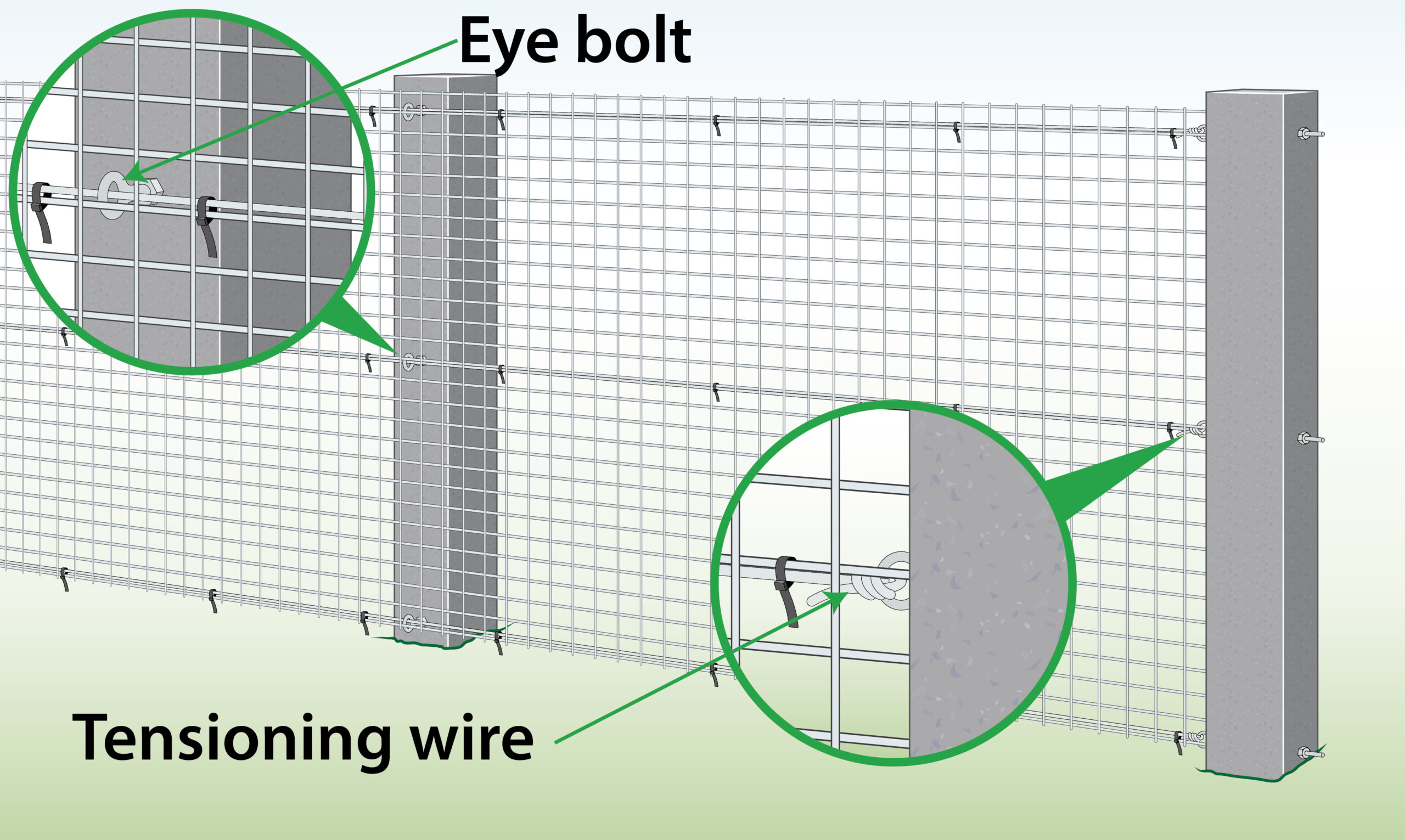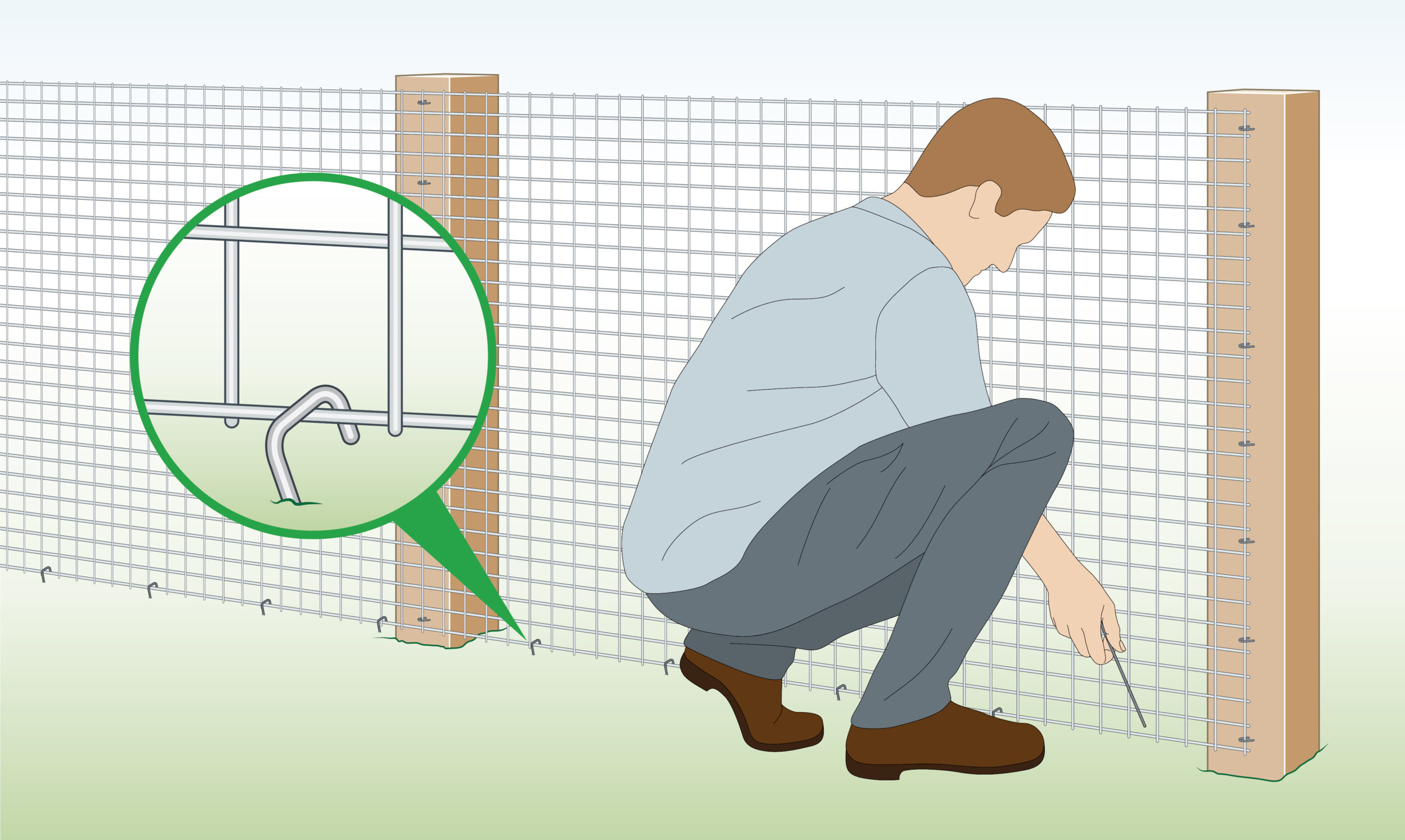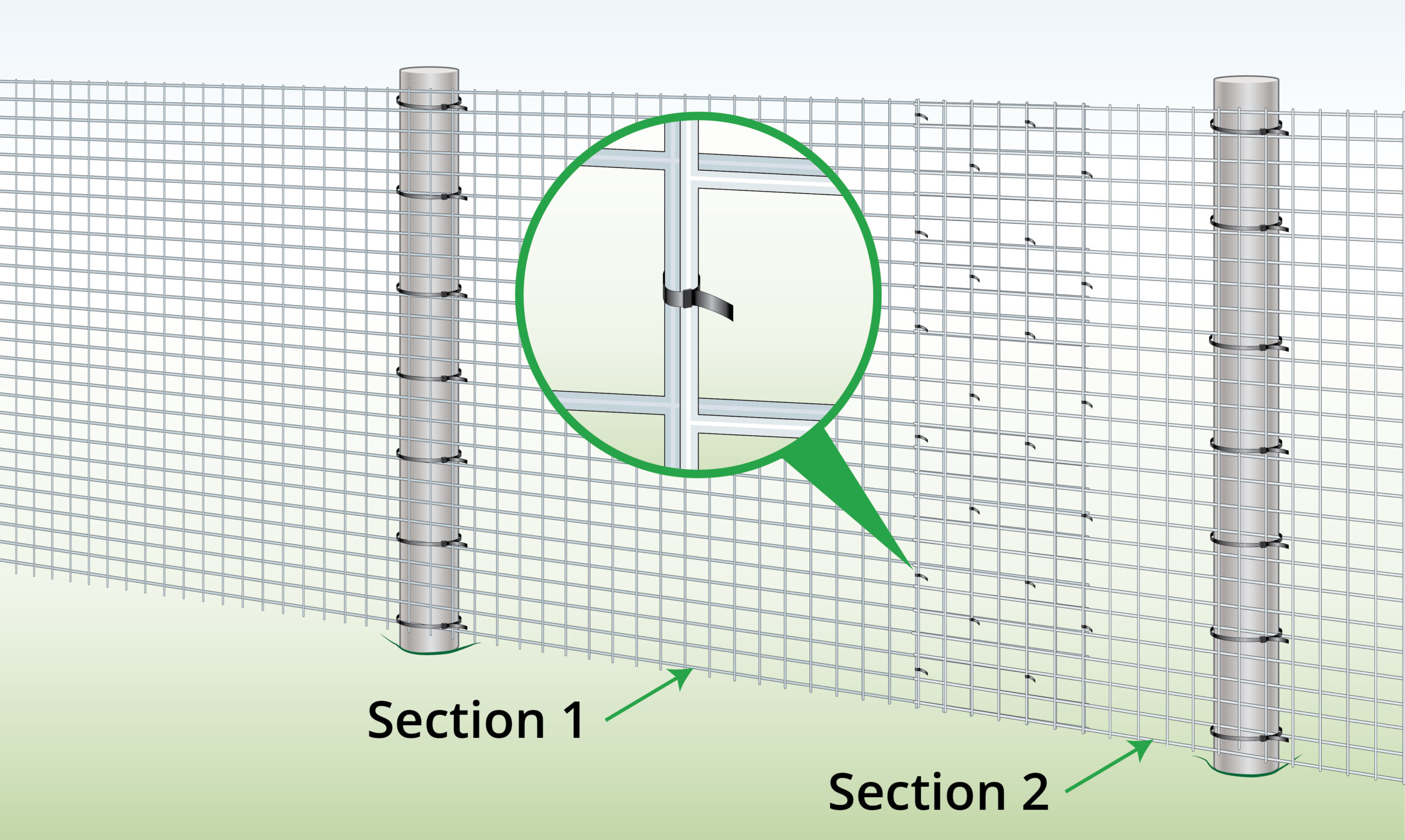Fox Proof Fencing
2mm (14g) and thicker galvanised steel wire mesh ideal for protecting your land and poultry from foxes or fox-proofing an existing fence.
- Conforms to BS EN Standards
- Foxes cannot chew through it

Helpful Fox Fencing Information
Size & Application
| Fence Height | Application |
| 1 m | Fox proofing existing fences; Chicken runs |
| 1.2 m | Fox proofing existing fences; Chicken runs |
| 1.5 m | Standalone fox proof fencing; Chicken runs |
Properties
| Property | Description |
| Material & Construction | Pre-galvanised steel, hot-dipped in protective zinc coating. |
| Appearance | Square apertures. Metallic grey look. |
| Handling | Heavyweight fencing mesh. Cut with wire cutters and shape by hand. Wear protective gloves. |
| Biodegradable | No. |
| Protecting exposed steel | Rust may occur where new cuts are made if untreated steel is exposed. Protect with galvanised spray or paint. |
| Not suitable for… |
|
Attachments
| Attach to: | Attach with: |
| Wood/ Wooden Posts | Staples |
| Cable ties | |
| Concrete Posts | Tensioning wire, Eye bolts |
| Soil | Pegs |
| Wire Fence | Cable ties |
Installation Instructions
| To Do | Explanation |
| Completed Installation
|
See below for step-by-step installation instructions.
|
| Step 1 – Mark the Post Location
|
Specify the post location, maintaining a distance of 2-2.5 m between each one.
|
| Step 2 – Dig Holes
|
Dig a hole for the post, ensuring that its depth is approximately one-third of the post’s total length.
Utilise a spirit level to verify the vertical alignment of the posts.
|
| Step 3 – Cement Posts In (Optional)
|
Fill the holes with concrete, then firmly position the posts into the concrete.
|
| Step 4 – Dig a Trench
|
Dig a trench alongside the fence line for the netting, ensuring it attains a depth of 50cm.
|
| Step 5 – Choose Your Brackets
|
You can use angled fence brackets with a 45 degree bend.
|
| Step 6 – Measure and Drill
|
Take the brackets, measure where you want to connect them to the posts and mark the locations where drilling is required.
Drill holes at the locations you previously marked.
|
| Step 7 – Attach First Bracket
|
Use a drill & wood screws to attach the fence overhang brackets to the top of the posts.
|
| Step 8 – Attach Remaining Brackets
|
Repeat the process in step 7 with the rest of your posts and brackets.
|
| Step 9 – Choose Mesh Height
|
Ensure that the height of the mesh roll extends to cover the overhang, offering additional protection both at the end of it and below ground level.
|
| Step 10 – Start Unrolling Mesh
|
Sink the bottom of the mesh roll into the trench, then gradually unroll it and make a fold by hand where the brackets have the bend.
Having another person hold the beginning of the roll is beneficial to prevent it from springing back to its rolled-up position.
|
| Step 11 – Secure Mesh to First Post
|
Unroll sufficient netting to cover the space between the initial two posts.
Fasten the mesh by using staples or cable ties at intervals of 15cm.
|
| Step 12 – Attach Mesh to First Bracket
|
Thread cable ties through the pre-drilled holes of the brackets and attach the mesh at each hole.
If there are insufficient holes in the brackets, you can add extra cable ties to encircle the entire bracket for added stability.
|
| Step 13 – Attach Mesh to Posts & Brackets
|
Ensure the remaining length of the mesh is secured by repeating steps 11-12 as you progress along the fence run.
|
| Step 14 – Attach Panel to the Mesh
|
After completing the attachment of the mesh to all the posts, cover the bottom of the trench with an approx. 30cm wide panel. Fasten the wire mesh to the panel using cable ties at intervals of 15-30cm.
Position the panel to overlay the bottom of the trench on the exterior side of your fence.
|
| Step 15 – Secure the Flap to Ground
|
Fasten the flap to the ground by securing it with pegs at a 90-degree angle and placing them at the outer edge of the lip, repeating this every 60cm.
|
| Step 16 – Cover the Trench
|
Cover the outer flap by layering soil or mulch over it.
Optional: Increase security against digging by adding a layer of concrete into the trench.
|
FAQ’s
How can I make sure urban predators don’t get to my poultry?
Encircle the area you wish to protect with a welded steel mesh, and strengthen any joins or weak points in your fence to prevent them from forcing their way through.
What type of posts should I use?
Use metal posts instead of timber ones, as they’re more difficult for animals to climb on.
How can I prevent digging under the fence?
Secure the bottom of the fence to the soil with pegs. Line the ground around the fence with 30-60 cm welded mesh with a diameter of at least 2 mm, attach it to the bottom of the fence with cable ties and secure it to the ground with weights or pegs.
How do I prevent jumping over the fence?
Create an outward-facing overhang of 50 cm to discourage jumping. In smaller pens, a complete wire netting roof is also an option.
How tough and sturdy is this mesh?
Welded mesh with a wire diameter of 2 mm is designed to be tough to chew through and difficult to damage.
Can I use chicken wire instead?
If there aren’t any predators around, you can use standard chicken wire mesh to create pens and chicken runs. However, keep in mind that urban predators are able to chew through wire with a diameter of less than 2 mm, so we recommend fox proof fencing for added security.
Will this also stop my dog from getting to my poultry?
This mesh is strong enough to keep medium sized dogs away. However, for larger and stronger dogs, 3 mm+ wire diameter is recommended.

